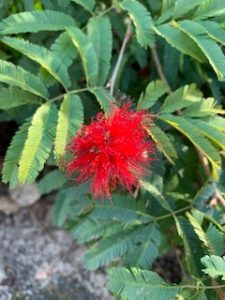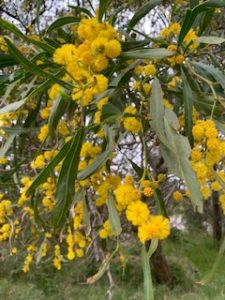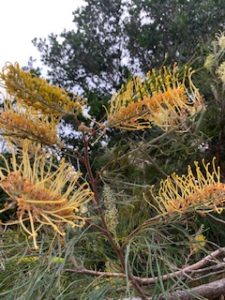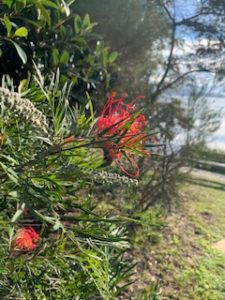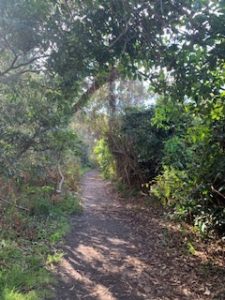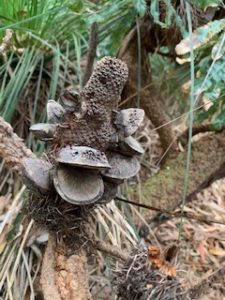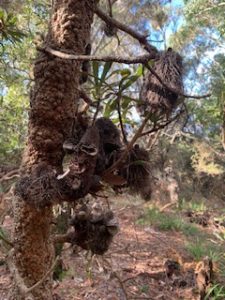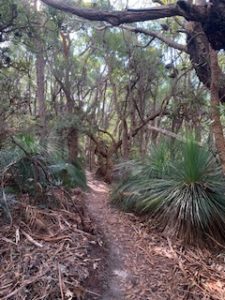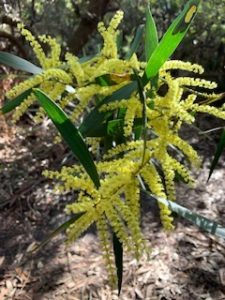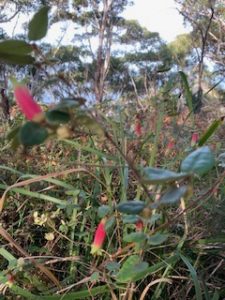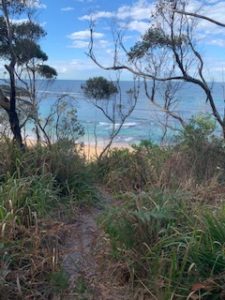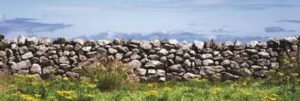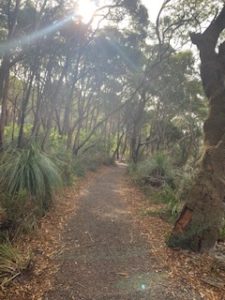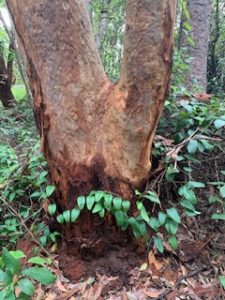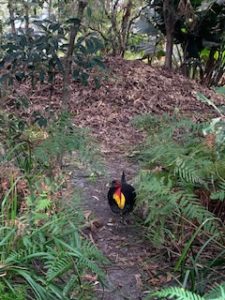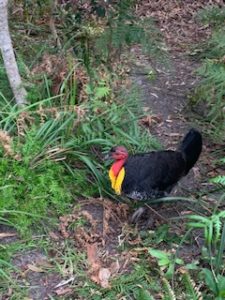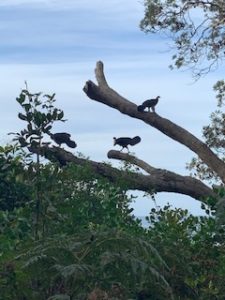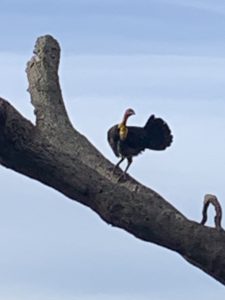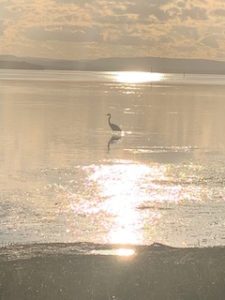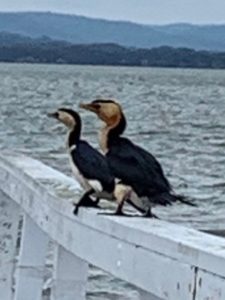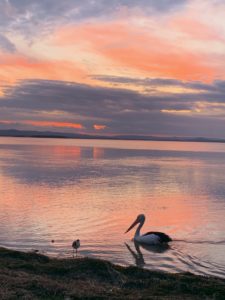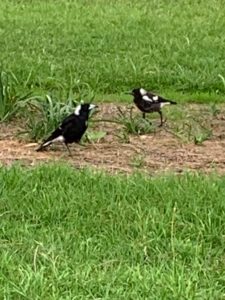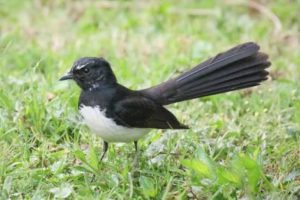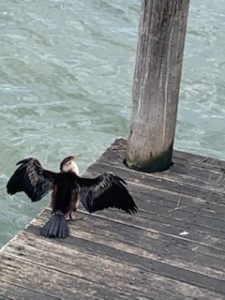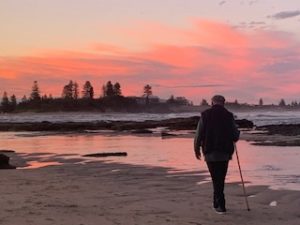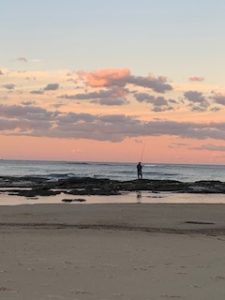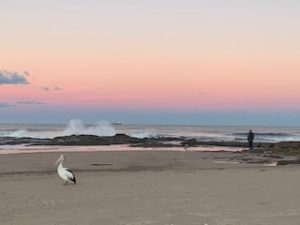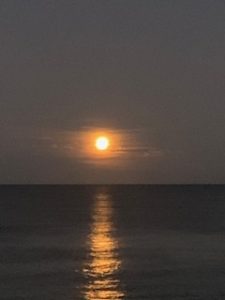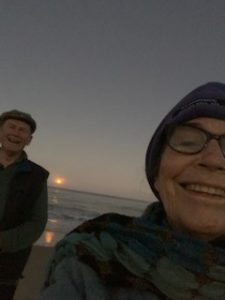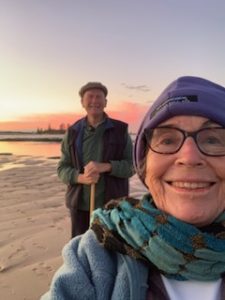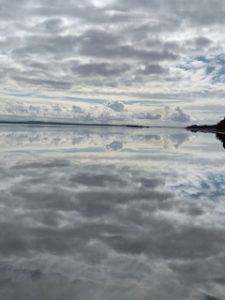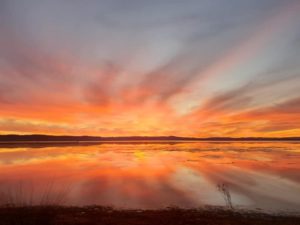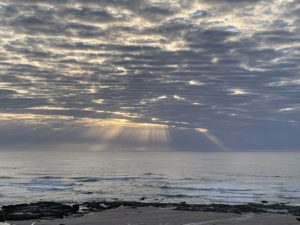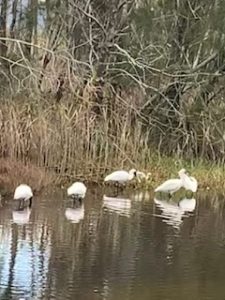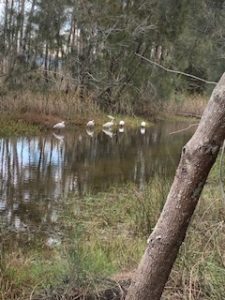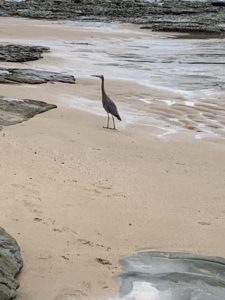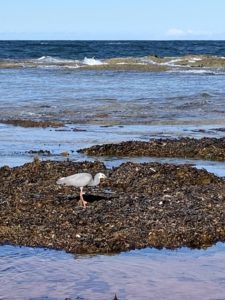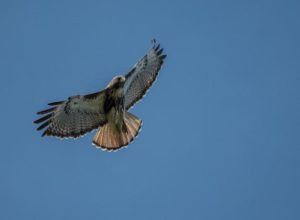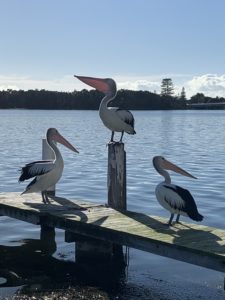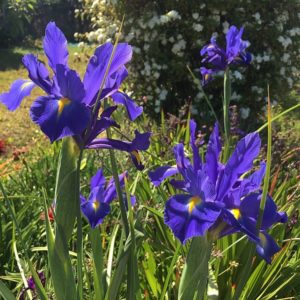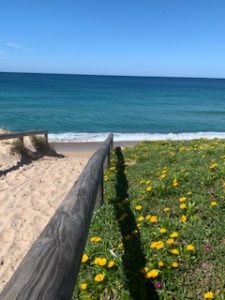
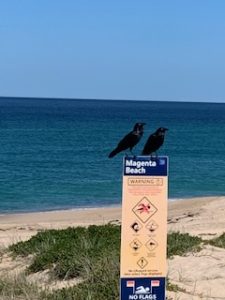
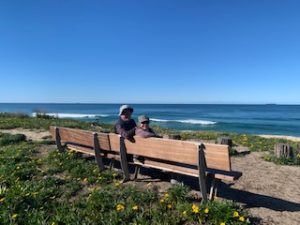
North Beach/ Lake Walk
A new lockdown walk. We are calling it the North Beach/Lake walk. Today we set out across The Entrance Bridge,a thing I don’t normally like to do but there were very few cars today. We turned right and headed up onto the ridge overlooking this all encompassing ocean. Breathtaking. It was a stunning winter day. The ocean wide and deep blue, lay out like a silken sheet loosely ruffled. Large rolling beachcombers (waves) continuously smooth and regular came in. Spindrift sprayed lightly. A few board riders demonstrated the perfect style of the waves.
Besides the photographic views to our right as we walked through the re-stabilised dunes, we enjoyed the work that the Bush Care groups have done over the years with the vegetation and bird life.
The track, very smooth. solid, easy for Michael to walk, and the ground cover of cerise pig face, yellow and orange gazania, pink bindweed and ground covers of daises. it was like a rainbow carpet spreading out over the hills and down to the beach edge.
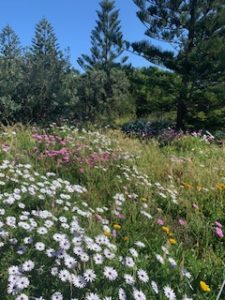

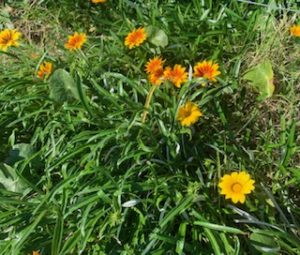
Growing up stands of golden banksia with lorikeets dangling gleefully chirping, Bottle brushes, and the mallees mainly burgeoning wattle . Seagulls, magpies and in the undergrowth lots of fairy wrens . swinging on the native grasses flipping into the shrubs . We walked quietly – the sandy path absorbed the sound of our footstep.Towards the end we came across one of the volunteer workers and chatted briefly.
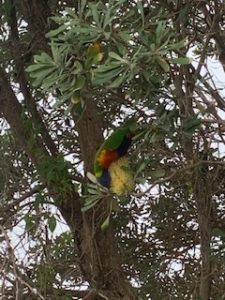
We came out and crossed the road to the lake side . We walked along Tuggerah Lake to the Sensory Gardens where we sat and had our picnic.
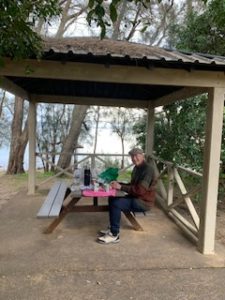
We had come to rest and the lake slept without hardly a ripple. A winter afternoon sun
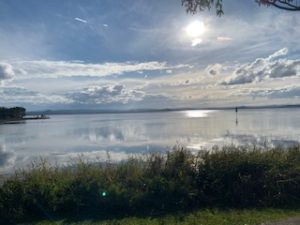

A blue haze enfolded everything . Reaching far into the distance the hills, the Watagans were suffused in a majestic blue to navy light. The hills looked like pile upon pile of tones of blue. I felt I could reach out and and pull them to me. Trees, bullrushes, small bamboos, reeds and the grasses had forgotten themselves in the daze blue.
Just beyond two vegetated islands sat. On the furthest away a platoon of pelicans clustered close . . one flew in and joined the group, cormorants diving and resurfacing, two ducks glided and then a canoeist glided past leaving their wakes to whistle the water surface.
Further out there was a flock of birds on the edge of a sand bank wading . We could not recognise them but had a sense it might have been the family of spoonbills we had caught in the muddy creek running into the lake over the south side. But couldn’t be sure. We were more sure of the chirping in the bamboo along the way and stood and watched the family of wrens . . .the blue fairy wrens and the flitting little brown wrens all busy about their chatter and just being.
(Interestingly earlier we saw a fairy blue wren feeding on the nectar of a golden Banksia. it flitted in and flitted away. For the last 100 metres we were joined by two willy wag tails chattering around our feet for awhile. They had a lot to say. It felt they had been with us the whole way and came at the end to remind they have been watching our journey.
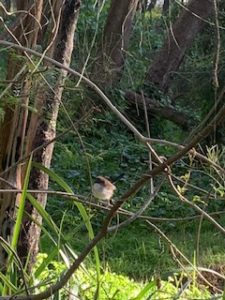

And we came along the lake back to the bridge to cross and our NorthBeach/Lake walk came to an end. How blessed we are we that we can walk from home along the beach and along the lake all in 12.000 steps.

